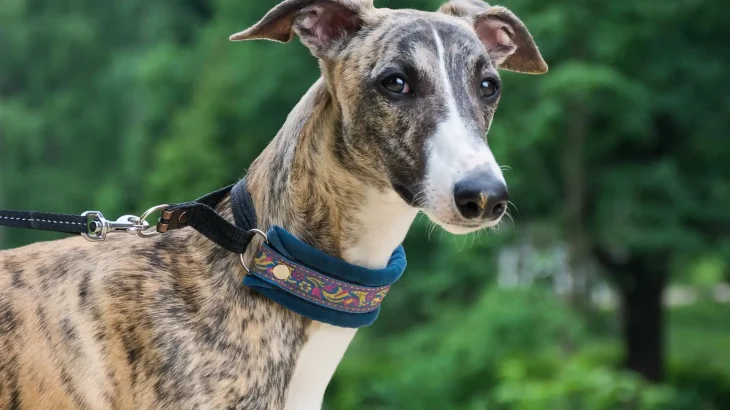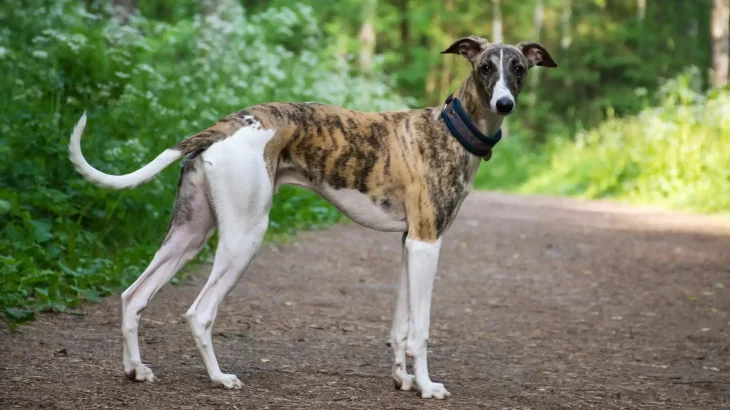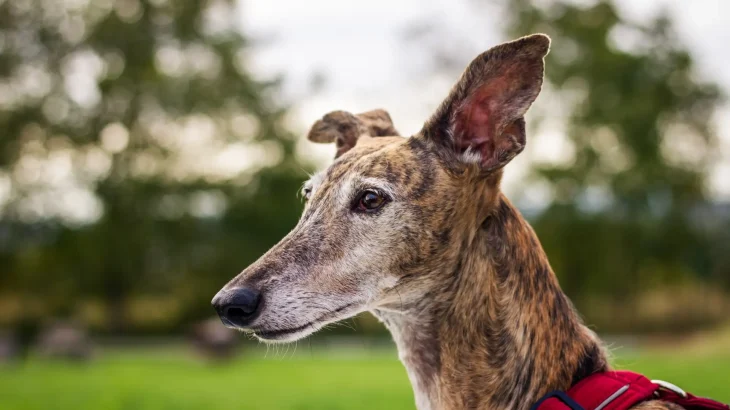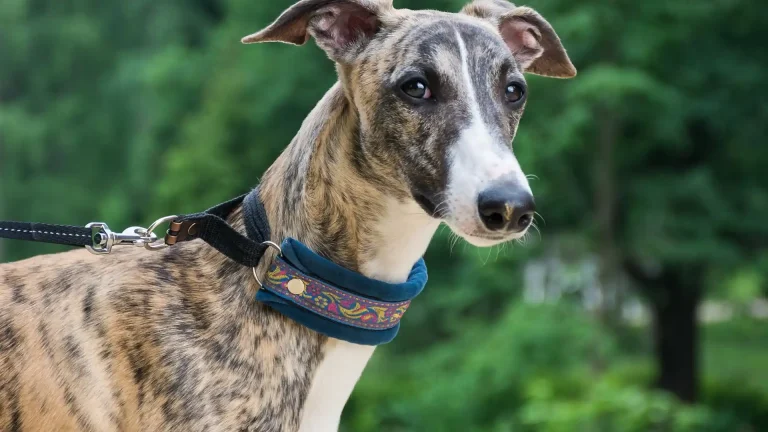Choosing to bring a Rampur Greyhound puppy into your home involves deciding between adoption and purchasing from a breeder. Each option has its own perks and potential drawbacks, especially regarding health transparency and ethics relevant to this unique breed. Understanding these differences can help you make the best choice for your lifestyle and values.
| Criteria | Buying from Breeder | Adopting from Shelter/Rescue |
|---|---|---|
| Cost | Usually higher due to purebred status and breeder expenses. | Often lower adoption fees, making it more affordable. |
| Health History | Health screenings and genetic info often available. | Health history may be limited; basic vet checks typically done. |
| Age Availability | Primarily puppies, enabling early bonding and training. | Range of ages available; puppies less common. |
| Temperament Insight | Breeders provide background on lineage and behavior. | Temperament observed firsthand, lineage often unknown. |
| Supporting Practices | Supports selective breeding programs to preserve breed traits. | Promotes animal welfare by rescuing dogs in need. |
| Ethical Considerations | Reputable breeders ensure responsible breeding; avoid puppy mills. | Adoption avoids supporting commercial breeding industries. |




















































